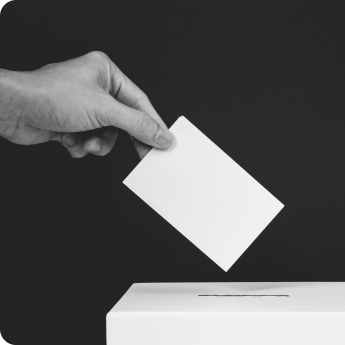Press Releases
REPORT: Public Land Leasing Policies Do Not Cause Higher Consumer Energy Prices
WASHINGTON, D.C. — Contrary to oil and gas industry claims, exhaustive new analysis released today by Accountable.US shows there is no evidence that a purported lack of access to new leases on federal public lands increases the price of gasoline and natural gas paid by consumers. Furthermore, oil and gas production has not been impacted by the volume of new permits or the offering of new leases.
As the report demonstrates, the retail price of gasoline and natural gas delivered to consumers are largely driven by crude oil and natural gas spot prices, which are primarily influenced by global markets and events – not the drilling that occurs on federal public lands in the United States.
Big Oil would have us believe that protecting public lands means hurting our pocketbooks. This report proves those claims are baseless. As commuters across the country encounter higher prices to fill their gas tanks or heat their homes, wealthy oil and gas industry executives are grasping at straws to explain why they are rolling in billions of dollars in profits. They blame Biden’s policies while hoarding undeveloped land and unused drilling permits. More leases and increased domestic production do not result in lower prices. It’s time for Big Oil to put their misleading claims to rest and pass the benefits of their massive profits on to consumers.”
Kyle Herrig, president of Accountable.US
As oil and gas companies point their fingers at President Biden, they continue to rake in profits and raise prices. Oil and gas giants Shell, Chevron, BP, and Exxon boasted a year of record-breaking profits in 2021 – combined, the four companies raked in $24.4 billion in quarter four of 2021, bringing their total profits for last year to over $75.5 billion.
KEY TAKEAWAYS FROM THE REPORT:
- Production of crude oil and natural gas on public lands has not been found to have any impact on consumer energy prices. These prices are highly dependent on what is happening in international markets, outside of the United States. Within the U.S., 90 percent of crude oil and natural gas production occurs on non-federal lands.
- Crude oil production on federal public lands has been increasing since 2008, and yet retail gasoline prices have gone up and down every year because they are highly dependent on global markets and events, not the very small share of total US oil production that occurs on federal public lands.
- Additionally, the oil and gas industry notoriously stockpiles federal drilling permits and hoards millions of acres of public lands without developing them. Even if domestic production on federal lands were linked to consumer prices for gasoline and natural gas (again, it’s not), production has not been found to be impacted by the issuing of new permits or the offering of new leases.
- In recent years we’ve seen that as permit approvals have increased every year since roughly FY 2016, federal onshore natural gas production has remained relatively even.
- The total amount of federal acreage offered for oil and gas leasing has varied considerably over the past 12 years, from a high of nearly 12 million acres in 2017 to fewer than 1 million acres in 2020. But since the vast majority of federal oil and gas is produced on leases that were issued decades ago, industry was able to steadily increase production over that timeframe on the millions of acres of lands they already had under lease.
- Retail gasoline prices and home heating costs have always gone up and down, seemingly unaffected by the energy policies enacted during any presidential term – regardless of how those policies affect the amount of oil and gas produced on public lands or the number of federal leases and permits issued.
